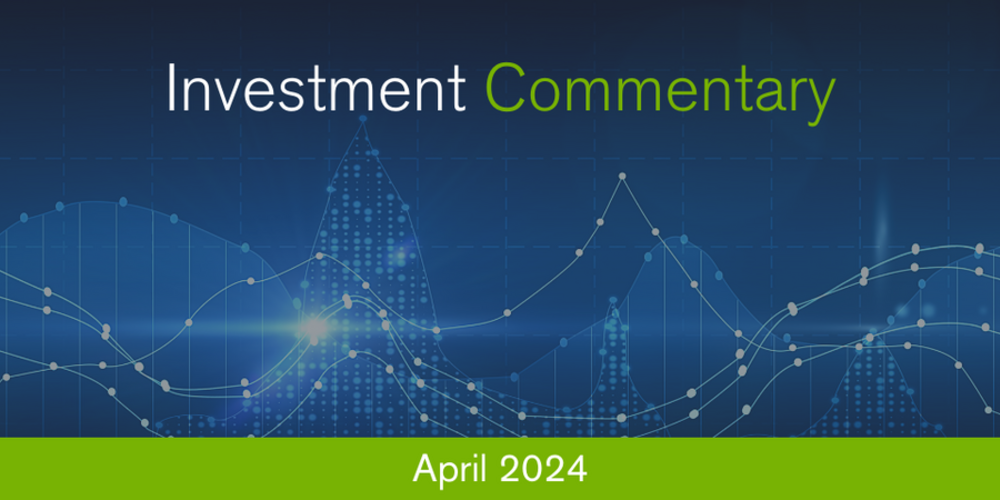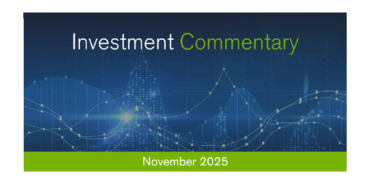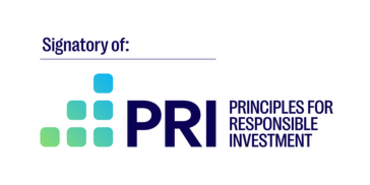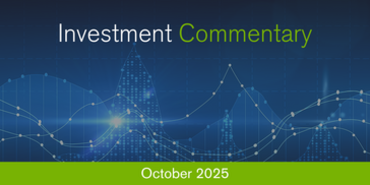Investment Commentary April 2024

Financial markets had a wobble in April after generally starting the year strongly. The period produced some slightly stickier-than-forecast inflation readings, which, in turn, lead investors to further question the forecasts for interest rate cuts this year, especially for the US, where the data continued to be robust. In fact, market participants grew increasingly doubtful about whether there would be a rate cut at all in the US this year (when they were pricing in as many as six not so long ago). The view that the US Fed was looking increasingly constrained also created some uncertainty regarding the intentions of the other major central banks, with the European Central Bank and the Bank of England looking like they would need to act first in cutting rates but at a more gradual rate than expected.
Against this higher-for-longer backdrop, equity markets fell back from their recent highs. After reaching an all-time high at the end of March, the S&P 500 fell -4.1% in April, ending a run of five consecutive monthly gains. The bifurcation of the market continued, with the ‘Magnificent 7’ doing better than the broader market (-2.3%) despite share price weakness in the likes of Meta and Tesla. At the other end of the scale, US small caps had their worst monthly return (-7%) since September 2022, according to Deutsche Bank. Japanese equities behaved in a similar manner to US equities. After hitting a record high towards the end of March, the Nikkei pulled back sharply in April (-4.9%) as some profit taking appeared to occur. European equities were relatively resilient, but still in the red, with the Stoxx 600 returning -0.8%. Emerging markets eked out some modest gains (+0.4%), helped by a rebound in Chinese equities. After being left behind recently, UK equities caught up significantly in April, posting a very solid gain of +2.7%, aided by a weaker Pound and strong performance from sectors such as financials, energy and mining.
Unsurprisingly, bonds continued to struggle in the face of changing rate expectations. Sovereign bond returns went further into negative territory for the year, with Gilts, US Treasuries, and European sovereign bonds returning -3.2%, -2.4% and -1.4% respectively during the month. The best performers in the fixed income space were the less rate sensitive areas such as high yield, which were generally flat to slightly down over the period. Credit spreads remained generally unchanged in April as macroeconomic data held up.
Commodities were the best performing major asset class during the period, with the broad CRB Index up +1.8% in April. Oil was relatively unchanged over the period despite geopolitical tensions in the Middle East. The best performers were generally industrial metals, with copper up +13.9% for example. Precious metals were also in positive territory, with silver up +5.3% and gold up +2.5%.
In currency markets, the Yen continued to weaken, breaching some important psychological levels and prompting speculation of central bank intervention. It fell by -4.1% against the Dollar in April. The dollar strengthened against both the Pound and the Euro by around +1% as a result of changing rate expectations.
All figures quoted are local currency returns (and USD returns for commodities).
- Date
- 29/04/2024





